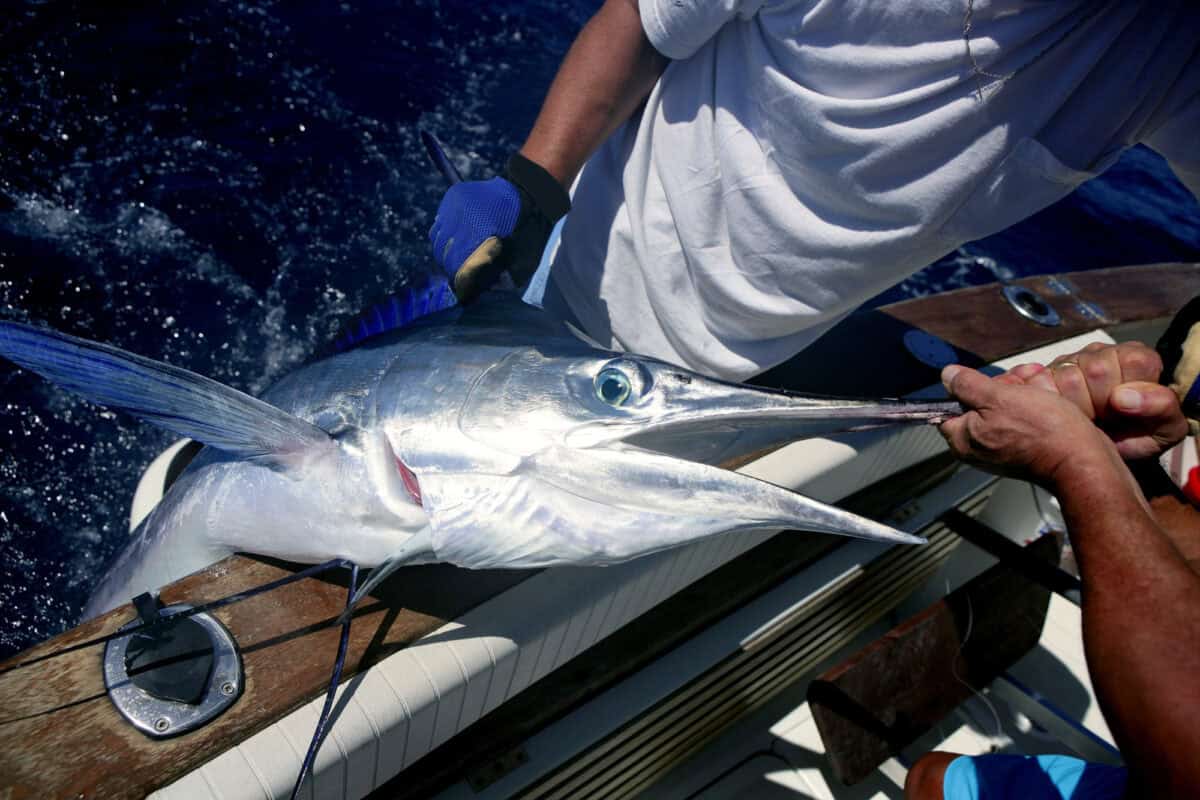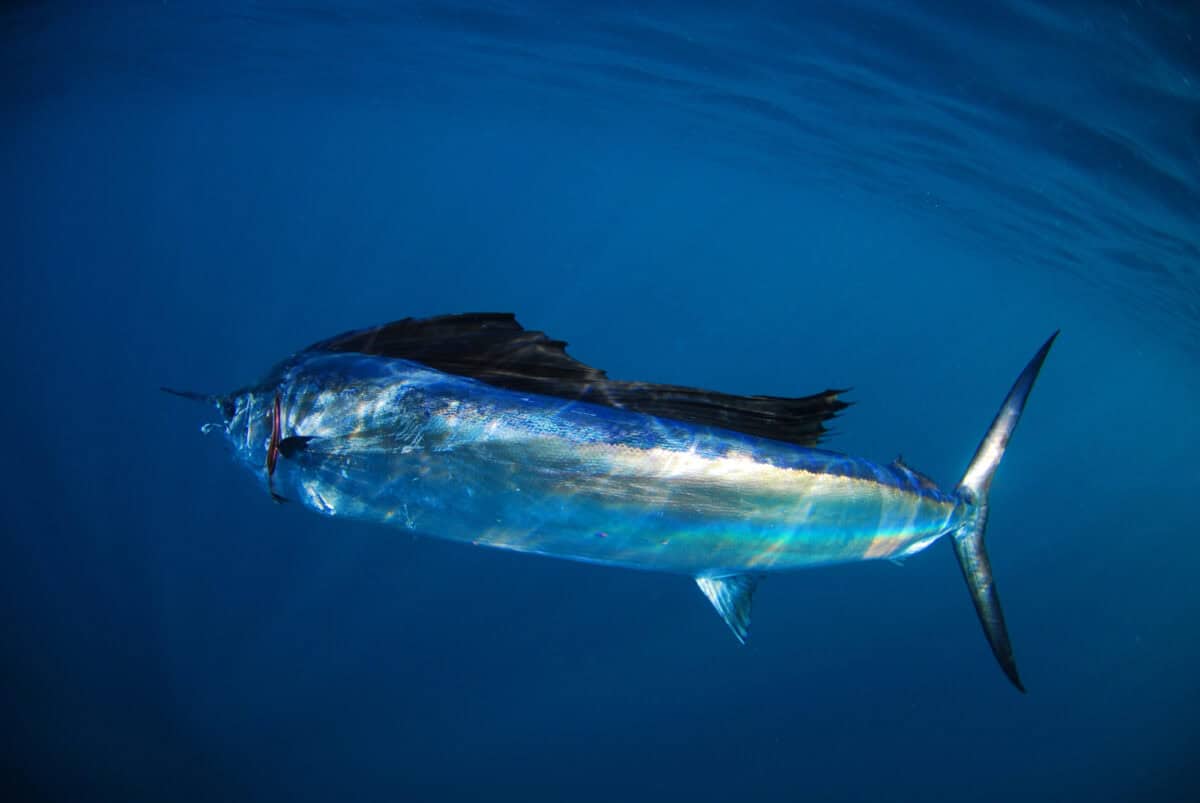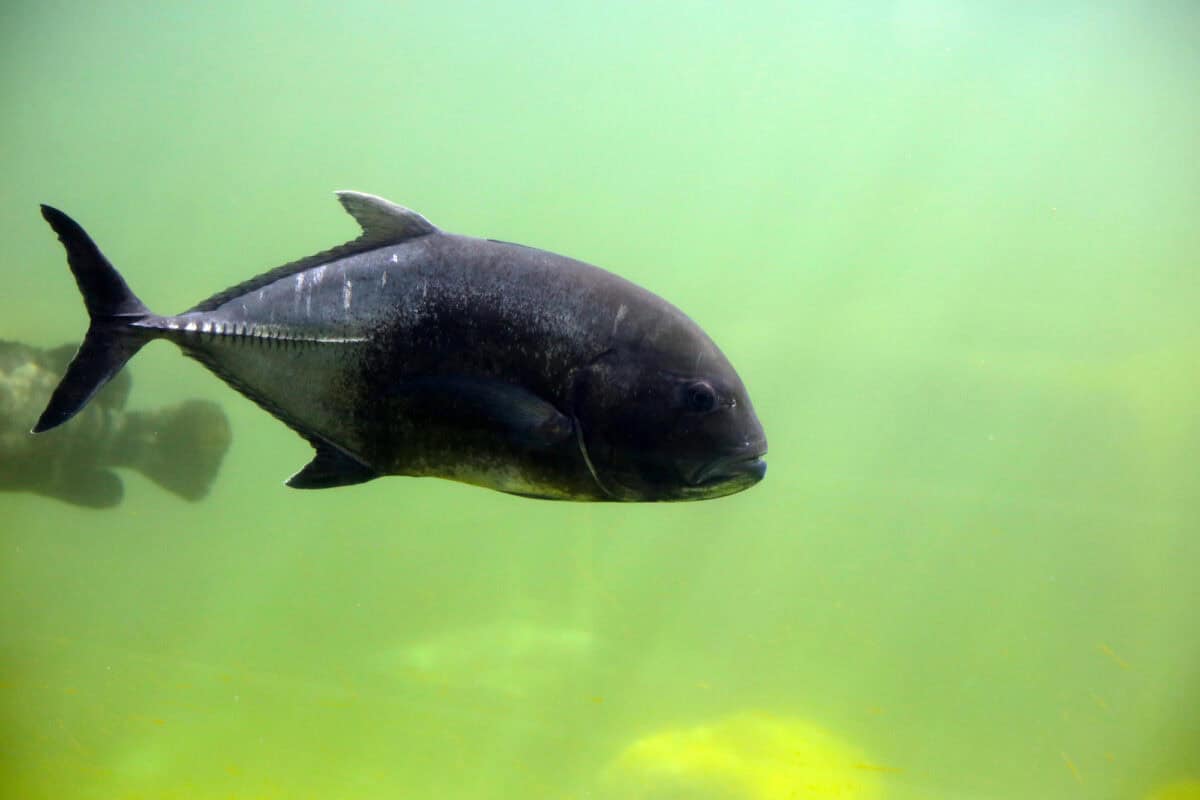The ocean is teeming with diverse creatures, each adapted in unique ways to their watery habitats. Among them, certain predators stand out not just for their hunting prowess but also for their exceptional speed. Topping the list of the fastest fish is the black marlin, a remarkable specimen whose swift movement through the water has intrigued scientists and marine enthusiasts alike. But what makes the black marlin the fastest fish in the sea? This article delves into the fascinating biology and adaptations that grant this extraordinary fish its title.
The Need for Speed

For creatures of the open ocean, speed can often mean the difference between life and death. Predators like the black marlin use their speed to chase down fast-moving prey while escaping their own pursuers requires equally rapid evasive manoeuvres. Speed isn’t just about surviving; it’s about thriving in an environment that demands the utmost from its inhabitants. For the black marlin, speed defines its role both as predator and prey.
Physical Adaptations

The black marlin’s streamlined body shape is essential for minimizing drag as it slices through the water. Its torpedo-like form reduces resistance, allowing it to reach speeds up to 82 miles per hour (132 kilometres per hour). The build of the black marlin includes a long, tapered body and a pointed snout, which further helps in cutting through water efficiently.
Moreover, black marlins possess powerful, muscular tails that act like propellers. These tails are highly effective at generating the thrust needed to propel the fish forward at high speeds. When combined with the marlin’s stiff pectoral fins that reduce rolling and provide stability, this physical design makes it one of the most proficient swimmers in the animal kingdom.
Dynamic Swimming Techniques

Beyond physical attributes, the black marlin employs dynamic swimming techniques. One such technique involves the burst-swimming mode, where the fish can make sudden accelerations, lending it an advantage when closing in on nimble prey such as mackerel and tuna. The black marlin also utilizes a side-to-side motion of its body, a common characteristic among fast-moving pelagic fish, to generate forward momentum efficiently.
Aerodynamics of the Sea

The underwater environment presents challenges akin to flying through the air, with water being denser and requiring more energy to move through. Evolution has endowed the black marlin with highly evolved gills that optimize oxygen uptake. This adaptation is crucial for sustaining the high energy output needed for its intense bursts of speed. The ability to efficiently extract oxygen from the water ensures that the black marlin can maintain its velocity without succumbing to fatigue too quickly.
Behavioural Strategies

Black marlins are also tacticians of the ocean, employing strategies that maximize their speed advantage. They often hunt near the surface, where there’s less water resistance compared to deeper levels. By surprising prey from below or behind, they can capitalize on their quick acceleration, giving the target little time to react.
Conclusion

The black marlin’s status as the fastest fish in the sea is a testament to the marvels of evolution and the intricate balance of form and function. Its combination of physical adaptations, swimming techniques, and behavioural strategies highlight a sophisticated design tailored for speed. For marine scientists and enthusiasts, the black marlin continues to be a source of fascination, exemplifying how life in the ocean pushes the boundaries of what’s possible for survival and dominance in the aquatic realm.
- 11 Signs a Rhino Is About to Charge - August 9, 2025
- 10 Common Chicken Behaviors and What They Mean - August 9, 2025
- 14 Creatures That Can Freeze and Thaw Back to Life - August 9, 2025

